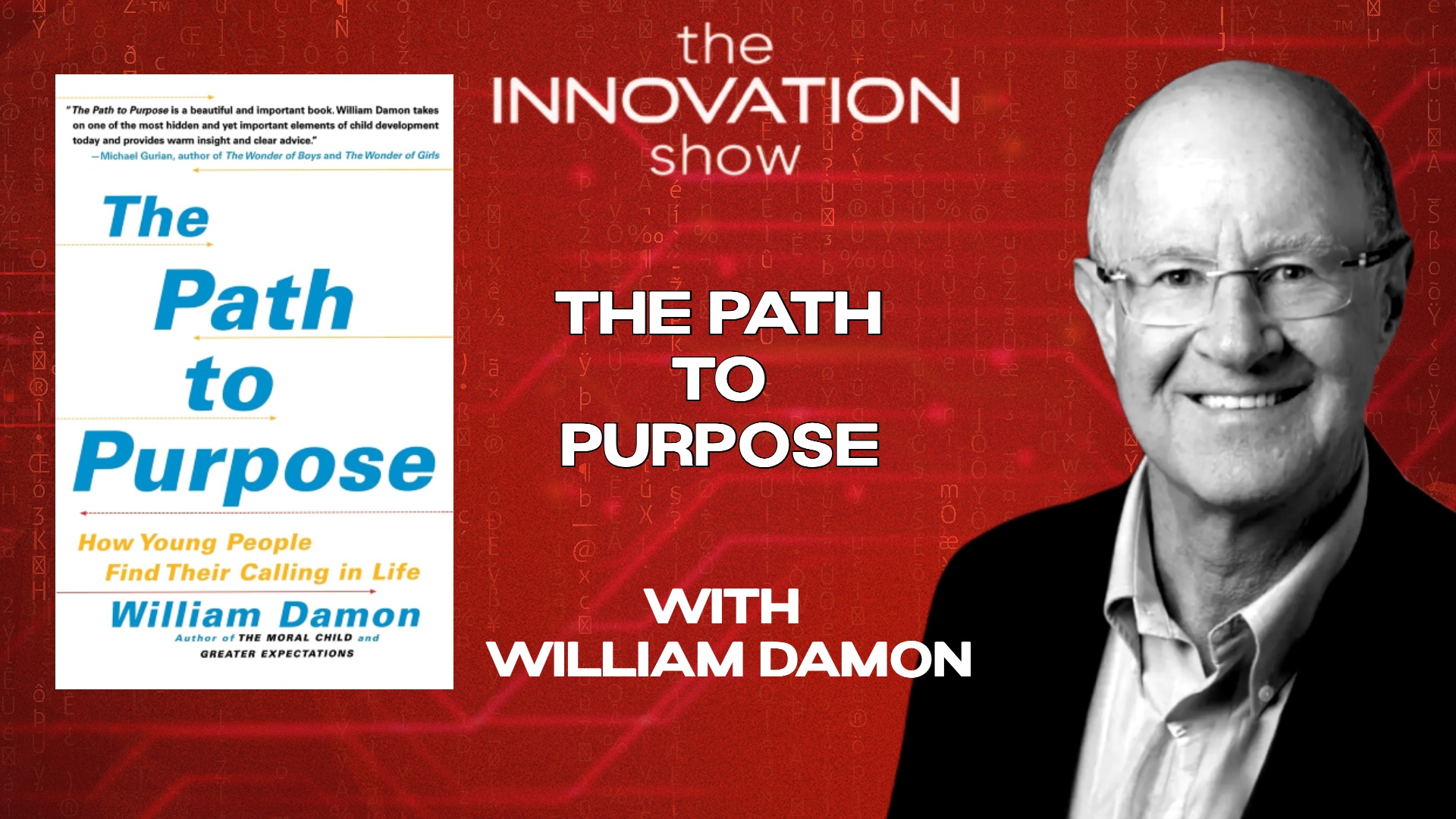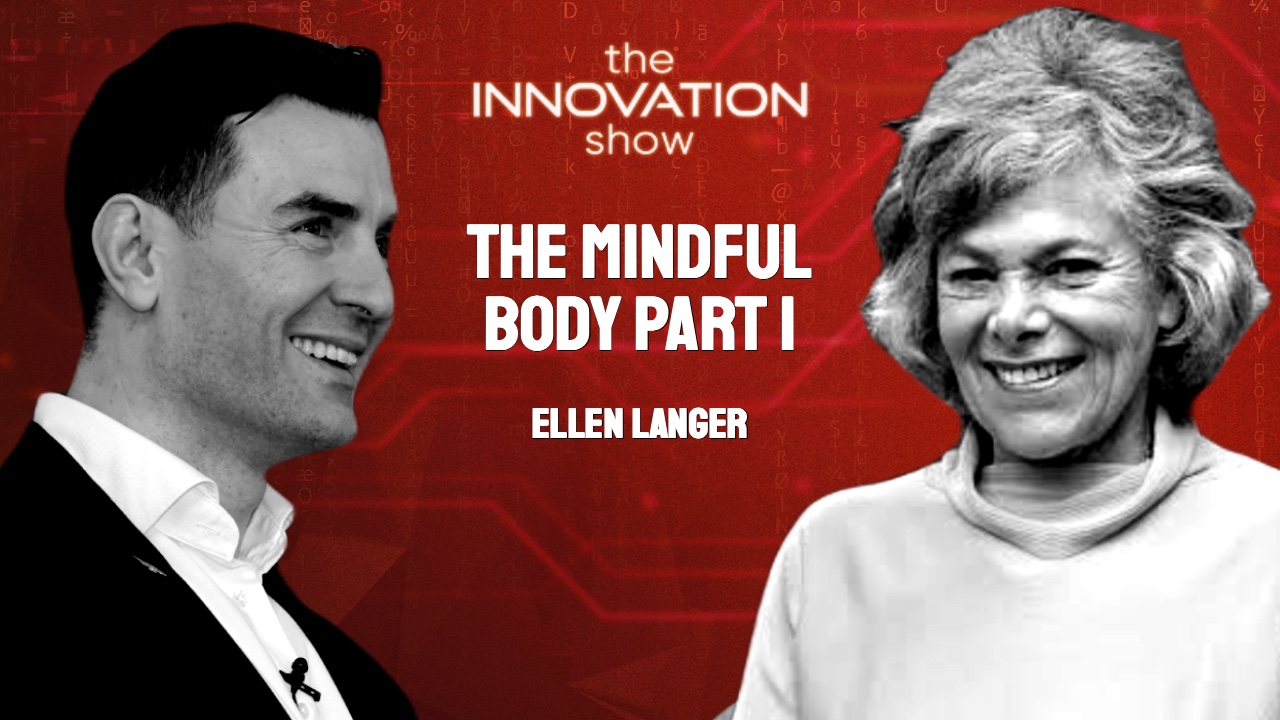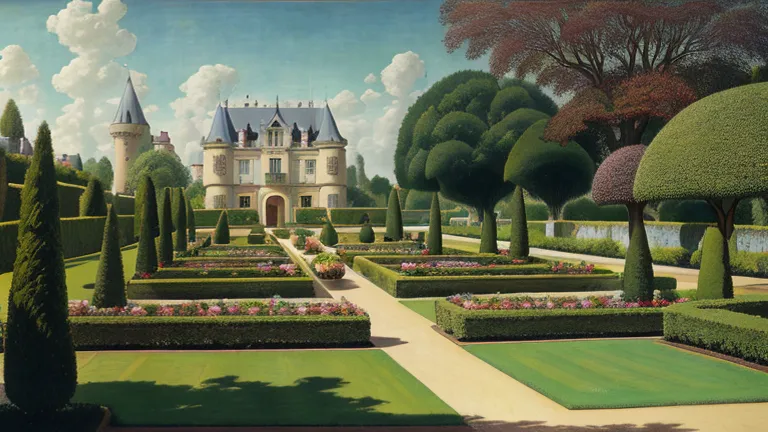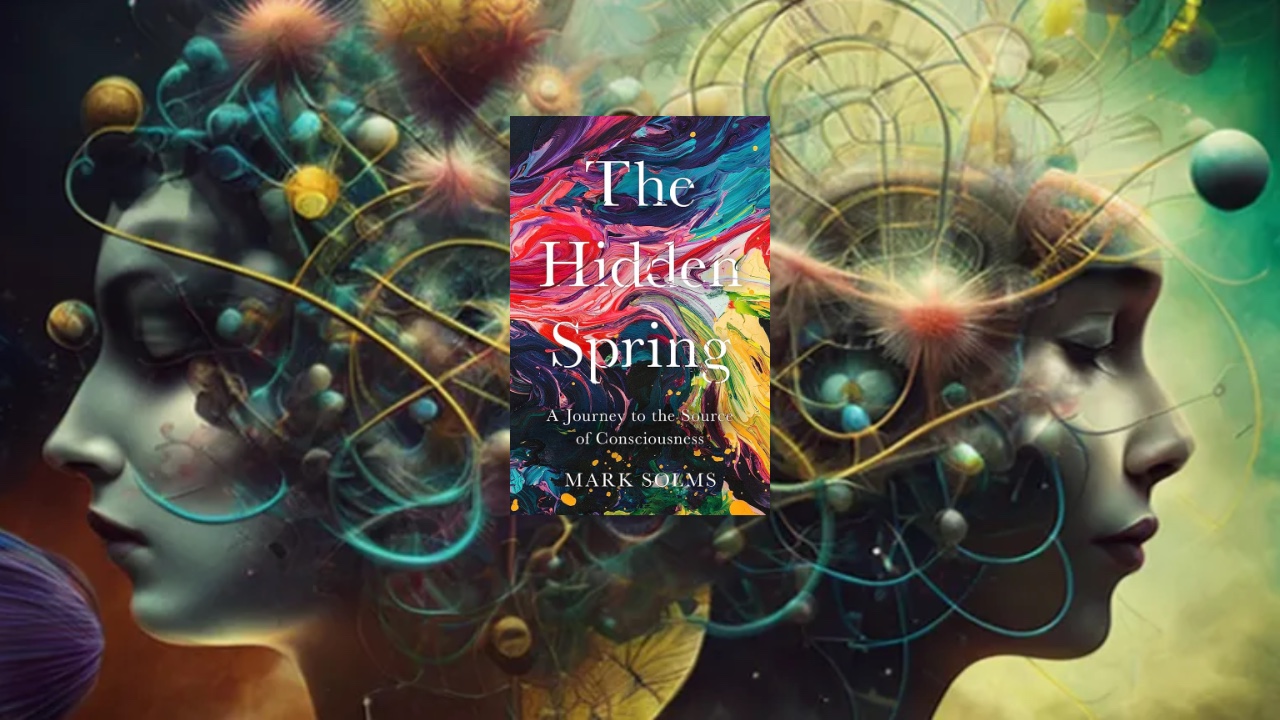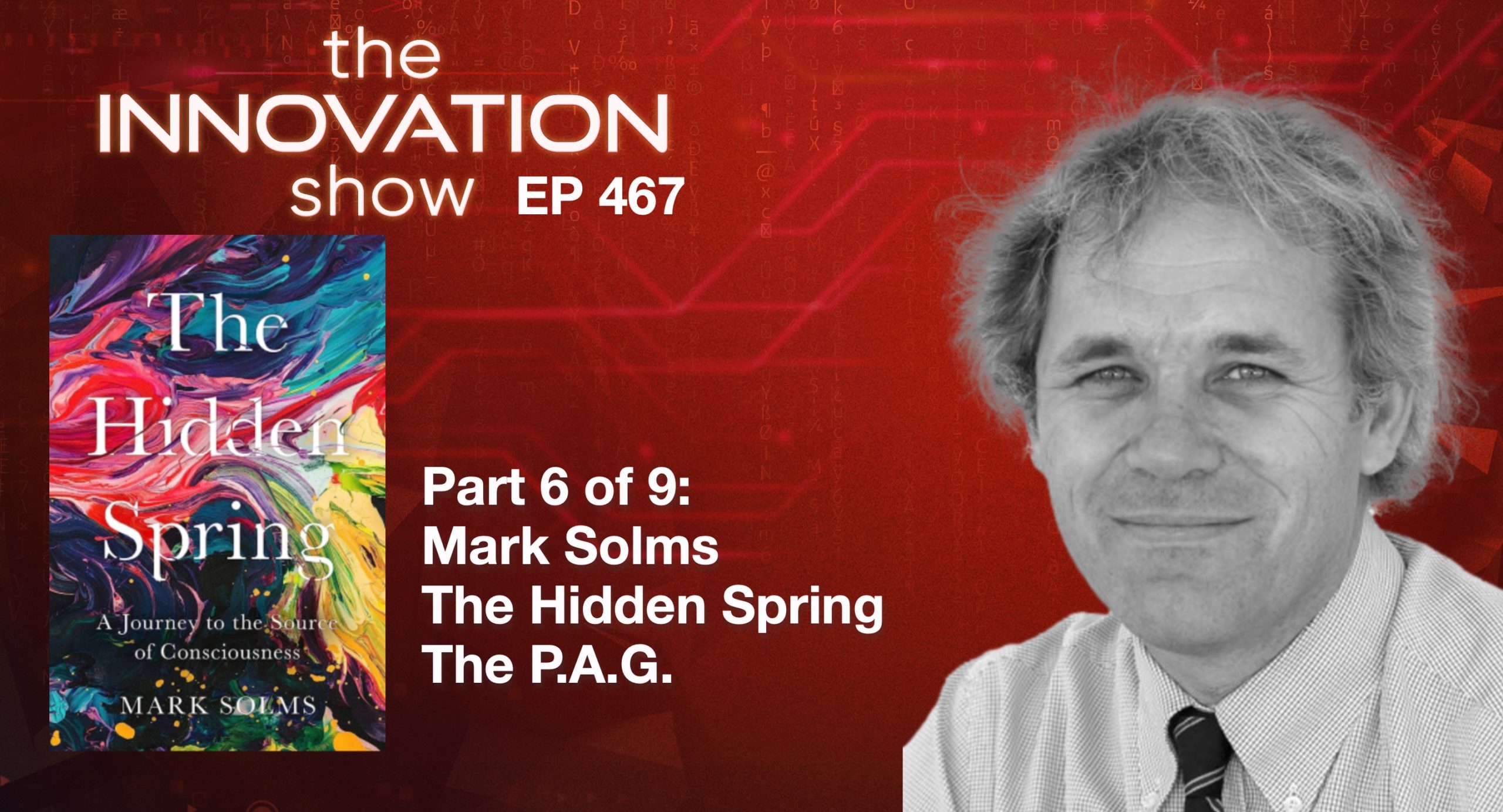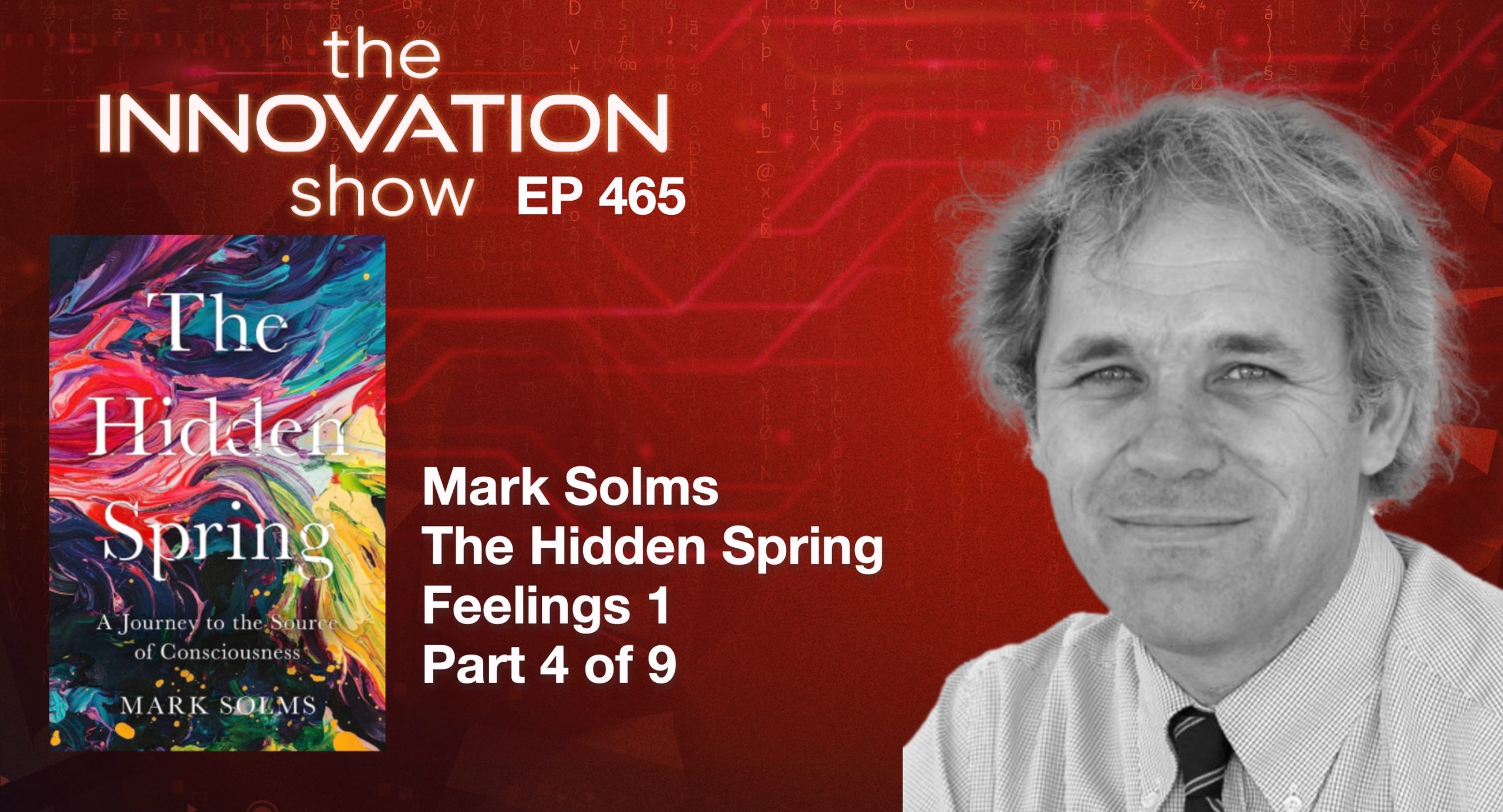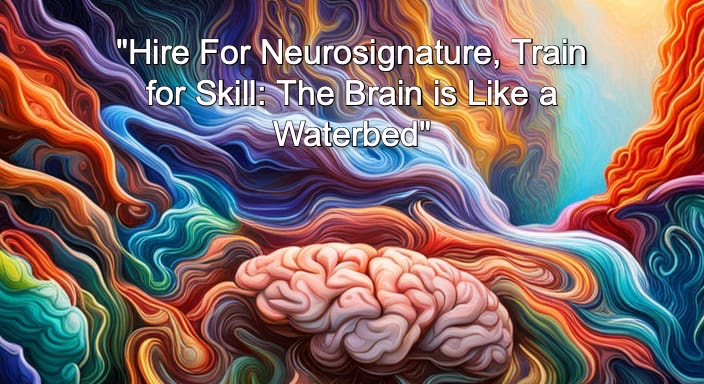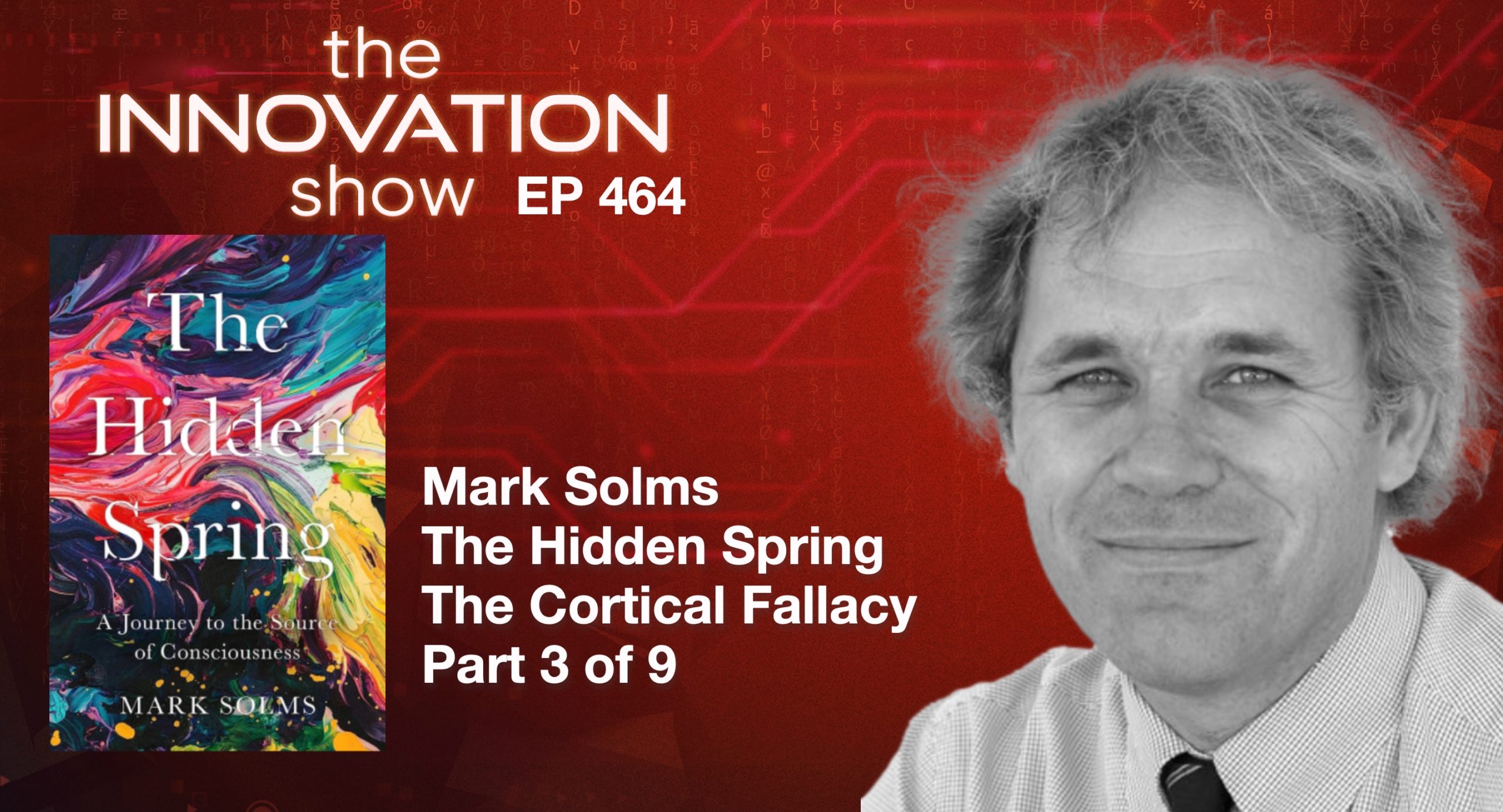In this episode, we sit down with William ‘Bill’ Damon, a leading expert on adolescence and author of *The Path to Purpose*, to explore the vital role of purpose in shaping resilient and fulfilled lives. Bill shares insights from his extensive research, including collaborations with Howard Gardner and Mihaly Csikszentmihalyi, and discusses how purpose influences various aspects of life—family, education, and work. He also reflects on his personal journey, offering practical advice for anyone interested in fostering a sense of purpose in themselves or others. This conversation is a must-listen for parents, educators, and mentors alike.
Posted 1 year ago Tagged Aidan McCullen Carrying out tasks Chronic Health Confidence Building Ellen Langer Empowerment Habitual Behaviour Health Awareness Lifestyle Mind-Behaviour Connection Motivational Interview Personal Development Positive Psychology Social Psychology Stress Management Thinking habits Transformation
An Interview with Ellen Langer: The Power of Mindfulness in Health and Life. Ellen Langer was the first woman to be tenured in psychology at Harvard. Known worldwide as the mother of mindfulness and the mother of Positive Psychology
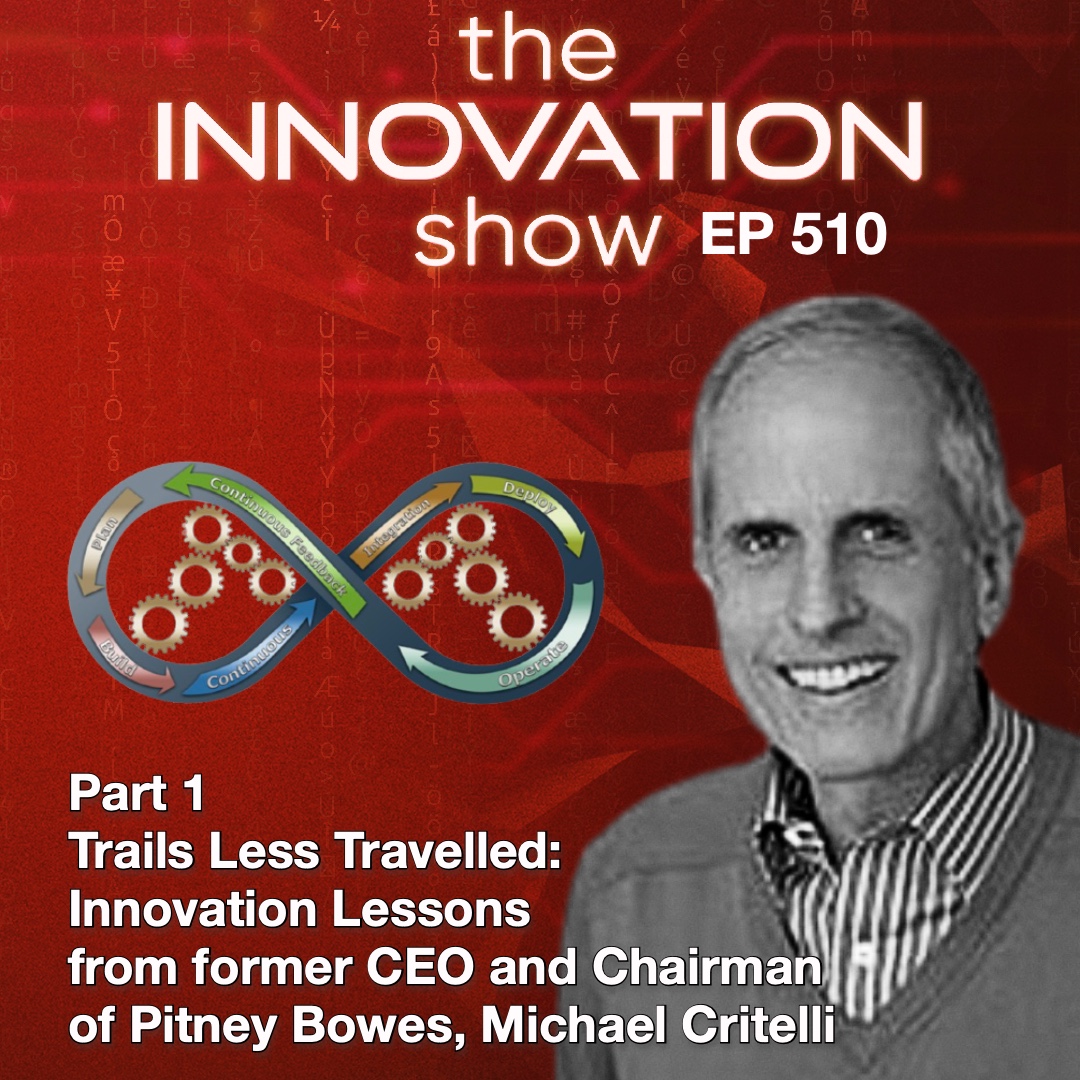
Trails Less Travelled: Innovation Lessons from former CEO and Chairman of Pitney Bowes, Michael Critelli Part 1
Posted 1 year ago Tagged Michael Critelli
In this episode of ‘The Innovation Show,’ host Aidan McCullen sits down with the former chairman and CEO of Pitney Bowes, Michael Critelli.
Through a deep dive into Critelli’s career, we explore his penchant for the road less traveled, his transformative leadership at Pitney Bowes, and his insights on innovation, strategy, and foresight. From humble beginnings to leading a staple communications company through times of intense change, including the internet era, 9/11, and the recession, Critelli shares lessons on valuing potential over qualifications, listening to dissent, and the importance of constant adaptation in business and life.
00:00 Early Career and Joining Pitney Bowes
01:40 Climbing the Ladder: From Legal to Leadership
04:28 Reinventing Pitney Bowes: A Tale of Transformative Change
07:09 Embracing Agile Strategy: Lessons from the Front Lines
13:51 The Power of Listening and Adapting in Leadership
42:39 The Importance of Vision and Courage in Decision-Making
44:47 Fostering a Culture of Continuous Learning and Innovation
Posted 2 years ago Tagged Aidan McCullen Business Corporate Culture Disruption Entrepreneurship Innovation Leadership Strategy Technology Transformation
The ‘private lawn’ is the ability to have the time and space to plan, think and grow. For some of us, daily survival consumes all our time and energy, leaving no room for strategic thinking or planning. Few organisations carve out the time to plan, strategise and think about long-term goals and objectives.
As business leaders, creating an environment where everyone can access their ‘private lawn’ – a space for growth, planning, and forward-thinking is crucial. However, we must also plan by priority.
Posted 2 years ago Tagged Aidan McCullen Business Consciousness Entrepreneurship Entropy Homeostasis Human Potential Innovation Leadership Mark Solms Markov Blankets Technology The Free Energy Principle The hidden spring Undisruptable
It is a pleasure to welcome the author of The Hidden Spring: A Journey to the Source of Consciousness, Mark Solms. In this episode, we talk about the brain’s prediction system.
00:00:00.000 Introduction and Overview of the Chapter
00:03:30.388 Establishment of the Meteorology Department
00:11:59.546 The Fundamental Task: Minimizing Free Energy
00:15:43.370 Feelings: Connecting Us to Our Ancestors
00:19:36.790 Neglecting the inter-receptive and extra-receptive in cognitive science
00:22:30.002 The brain’s attempt to contain environmental effects on the organism
00:31:32.675 Innate Predictions: Fear and Instinctual Behaviors
00:34:19.723 The Evolution of Responses and Predictive Model Complexification
00:42:59.118 The Brain: Ones and Zeroes, Predictions and Errors
00:54:18.834 The Brain as an Organization
00:59:57.338 Emotional Needs and Scripts
Posted 2 years ago Tagged Aidan McCullen Business Consciousness Entrepreneurship Entropy Homeostasis Innovation Leadership Mark Solms Technology The hidden spring Undisruptable
Homeostasis refers to the maintenance of relatively constant internal conditions in an organism. For example, we maintain an average body temperature of about 98.6°F (37°C). In a cold environment, we shiver to return to our ideal body temperature. We fan ourselves or find other means to restore homeostasis in a warm climate. This delicate balance within biological systems is the hotbed of existence.
Posted 2 years ago Tagged Aidan McCullen Business Consciousness Entrepreneurship Human Potential Innovation Leadership Mark Solms PAG Technology The hidden spring the periaqueductal grey Undisruptable
It is a pleasure to welcome the author of The Hidden Spring: A Journey to the Source of Consciousness, Mark Solms.
In this episode, we will discuss questions such as where does arousal come from anatomically and how does it arise physiologically? And the central question of today is where the seemingly magical shift from automatic reflex to volitional feeling occurs. Today, we will share some terms like synaptic transmission, reuptake, post-synaptic modulation and the role of neurotransmitters and neuromodulators, and we will also explain the role of the PAG, the periaqueductal grey.
Posted 2 years ago Tagged Affective Neuroscience Aidan McCullen Business Disruption Feelings Leadership Mark Solms The hidden spring Transformation
Feelings are difficult to research because they are inherently subjective, but If we exclude feelings from our account of the brain, we will never understand how it works. You tell us, to a fantastic degree, neuroscientists searching for an explanation of consciousness have ignored feelings. Mark Solms takes us on an exploration of Feelings and te work of his friend and collaborator, Jaak Panksepp.
Posted 2 years ago Tagged Adhd Autism Business Charles Conn DEI Entrepreneurship Equity Friederike Fabritius Helen Edwards Innovation Neurodiversity Neuroscience Resilience Strategy Transformation
Hire For Neurosignature, Train for Skill: The Brain is Like a Waterbed. Audio version of our popular article.
Posted 2 years ago Tagged Consciousness describing Friston’s free energy as a quantifiable measure of how a system models the world and how it behaves. he summarises its implications In The Hidden Spring Mark Solms our guest Mark Solms does not dive too deeply into Karl Friston’s mathematics. As you will discover Technology The Cortical Fallacy Mark Solms
In The Hidden Spring, our guest Mark Solms does not dive too deeply into Karl Friston’s mathematics. As you will discover, he summarises its implications, describing Friston’s free energy as a quantifiable measure of how a system models the world and how it behaves. This notion leads to a very different idea of consciousness from Descartes’s reason-centric version that set up the puzzling dualism of “mind” and “matter”, a la Damasio’s Descartes Error. Mark explores the “cortical fallacy,” which refers to his view that neuroscientists who have argued that the “seat of consciousness” is in the cortex are wrong. Recent neuroscience has shed light on where this is.
As Mark points out, damage to just two cubic millimetres of the upper brainstem will “obliterate all consciousness.”
So where does it “Spring” from?
